Day: December 24, 2022
|
||||||||||||||||||||||||||||||||||||||||||||||||||||||||||||||||||||||||||||||||||||||||||||||||||||||||||||||||||||||||||||||||||||||||||||||||||||||||||||||||||||||||||||||||||||||||||||||||||||||||||||||||||||||||||||||||||||||||||||||||||||||||||||||||||||||||||||||||||||||||||||||||||||||||||||||||||||||||||||||||||||||||||||||||||||||||||||||||||||||||||||||||||||||||||||||||||||||||||||||||||||||||||||||||||||
An arctic blast that gripped much of the United States on Saturday left more than 700,000 without power, at least 16 dead from weather-related car crashes and thousands stranded due to flight cancellations.
Plummeting temperatures were expected to bring the coldest Christmas Eve on record, and energy systems across the country were strained by rising demand for heat and storm-related damage to transmission lines.
The latest outage numbers are a sharp drop from the 1.8 million U.S. homes and businesses left without power as of early Saturday morning, according to tracking site Poweroutage.us.
Many electric companies continued to ask customers to conserve energy by not running large appliances and turning off unneeded lights.
Duke Energy (DUK.N) by late Saturday afternoon told customers it had ended the 15-30-minute rolling blackouts across North and South Carolina that it had initiated earlier in the day until additional electricity was available.
Disruptions upended daily routines and holiday plans for millions of Americans during one of the year’s busiest travel periods.
More than 2,700 U.S. flights were canceled on Saturday, with total delays tallying more than 6,400, according to flight-tracking service FlightAware. More than 5,000 flights were canceled on Friday, FlightAware said.
The American Automobile Association had estimated that 112.7 million people would venture 50 miles (80 km) or more from home between Dec. 23 and Jan. 2. But stormy weather heading into the weekend likely ended up keeping many people at home.
Weather-related car accidents around the country left at least 16 dead and hundreds stranded on ice and snowbound roads, according to media reports.
In Erie County, in upstate New York, about 500 motorists were stranded in their vehicles on Friday night into Saturday morning, with the National Guard called in to help with rescues, Erie County Executive Mark Poloncarz told media. At least one person was found dead in a car, he said.
“There’s no place for anyone to go, everything’s closed, so just stay home,” he told MSNBC.
Two motorists were killed, and numerous others injured, in a 50-vehicle pileup that shut down the Ohio Turnpike in both directions during a blizzard near Toledo, forcing an evacuation of stranded motorists by bus to keep them from freezing, officials said.
Three deaths were reported in Kentucky, where Governor Andy Beshear, on Saturday, warned residents, “Stay home, stay safe, stay alive.”
“I know it’s really hard because it’s Christmas Eve. But we’re having dozens and dozens of accidents,” he said in an online briefing. “It’s simply not safe.”
Blizzard conditions remained on Saturday for Buffalo, New York, and its surrounding county on the edge of Lake Erie in far western New York where 4-to-6 feet of snow will fall by Sunday, the National Weather Service (NWS) said.
The city imposed a driving ban on Friday that remained in effect on Saturday, and all three Buffalo-area border-crossing bridges were closed to inbound traffic from Canada.
Temperatures were forecast to top out on Saturday at just 7 degrees Fahrenheit (minus-13 Celsius) in Pittsburgh, surpassing the city’s previous all-time coldest Christmas Eve high of 13 F, set in 1983, the NWS said.
Cities in Georgia and South Carolina – Athens and Charleston – were likewise expected to record their coldest daytime Christmas Eve high temperatures, and Washington, D.C., was forecast to experience its chilliest Dec. 24 since 1989.
The flurry of yuletide temperature records was predicted as a deep freeze sharpened by perilous wind chills enveloped much of the eastern two-thirds of the nation.
“The cold snap will persist through Christmas,” said meteorologist Ashton Robinson Cook, at the NWS Weather Prediction Center.
Minneapolis was the coldest spot in America on Saturday at minus-6 degrees Fahrenheit. On Christmas morning, the coldest spot will be Fargo, North Dakota at minus-20, Cook said.
It will start to moderate west-to-east across America, with the high plains and Central U.S. getting back to normal by Tuesday, but it won’t warm up on the East Coast until Thursday or Friday, he said.
“For now it’s staying cold,” he said.
The severe weather prompted authorities across the country to open warming centers in libraries and police stations while scrambling to expand temporary shelter for the homeless. The challenge was compounded by an influx of migrants crossing the U.S. southern border by the thousands in recent weeks.
The National Weather Service said its map of existing or impending meteorological hazards “depicts one of the greatest extents of winter weather warnings and advisories ever.”
Related Galleries:
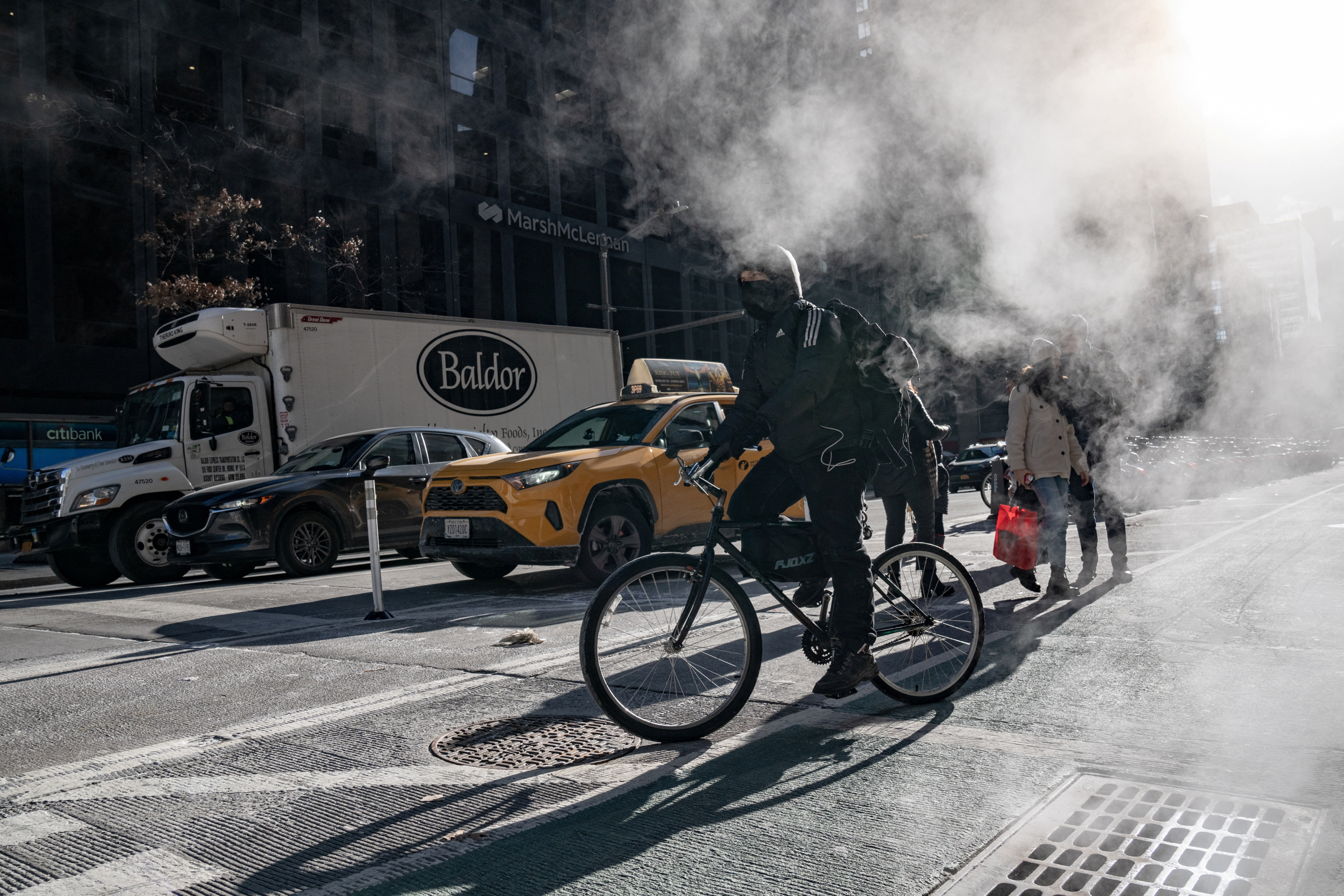
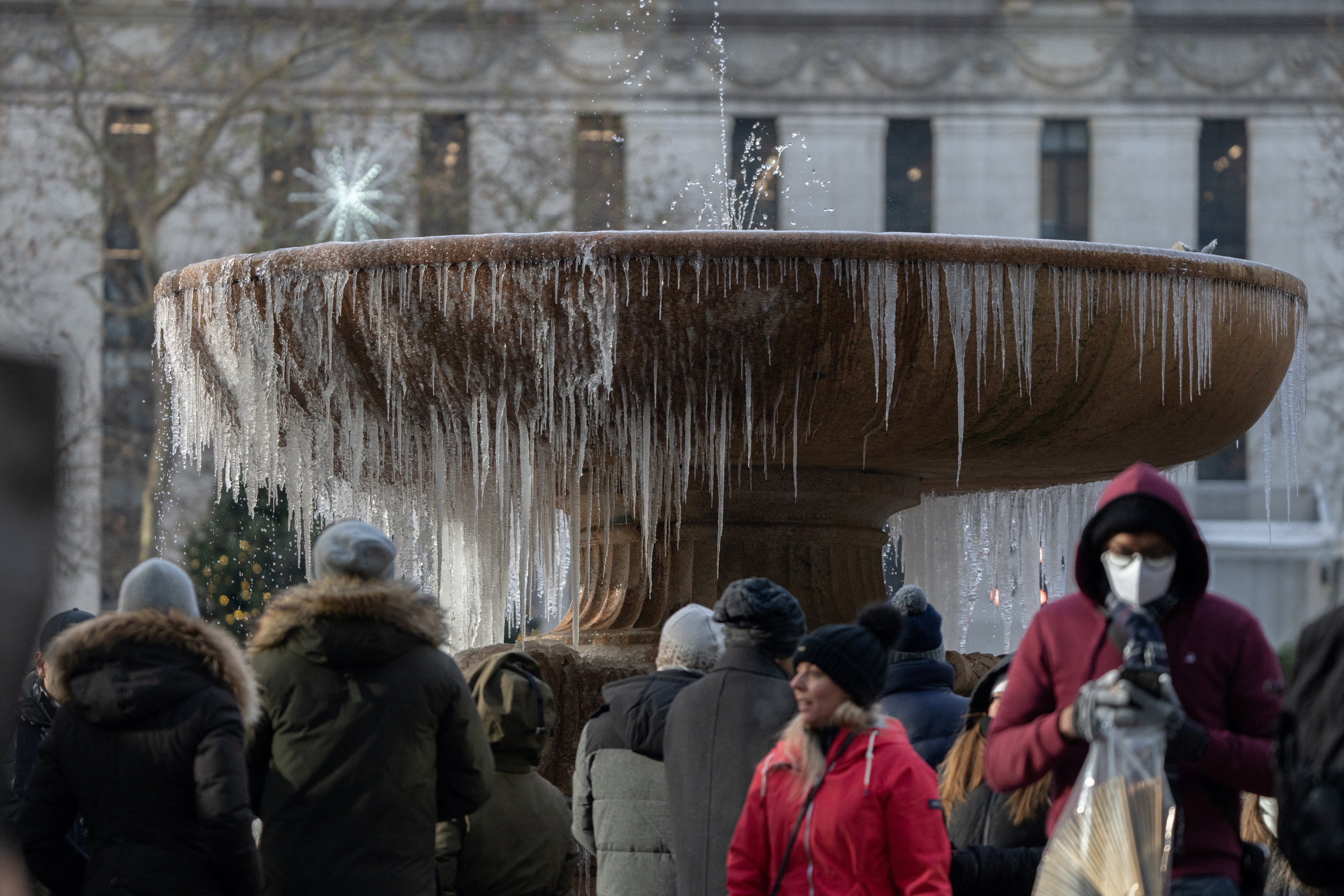
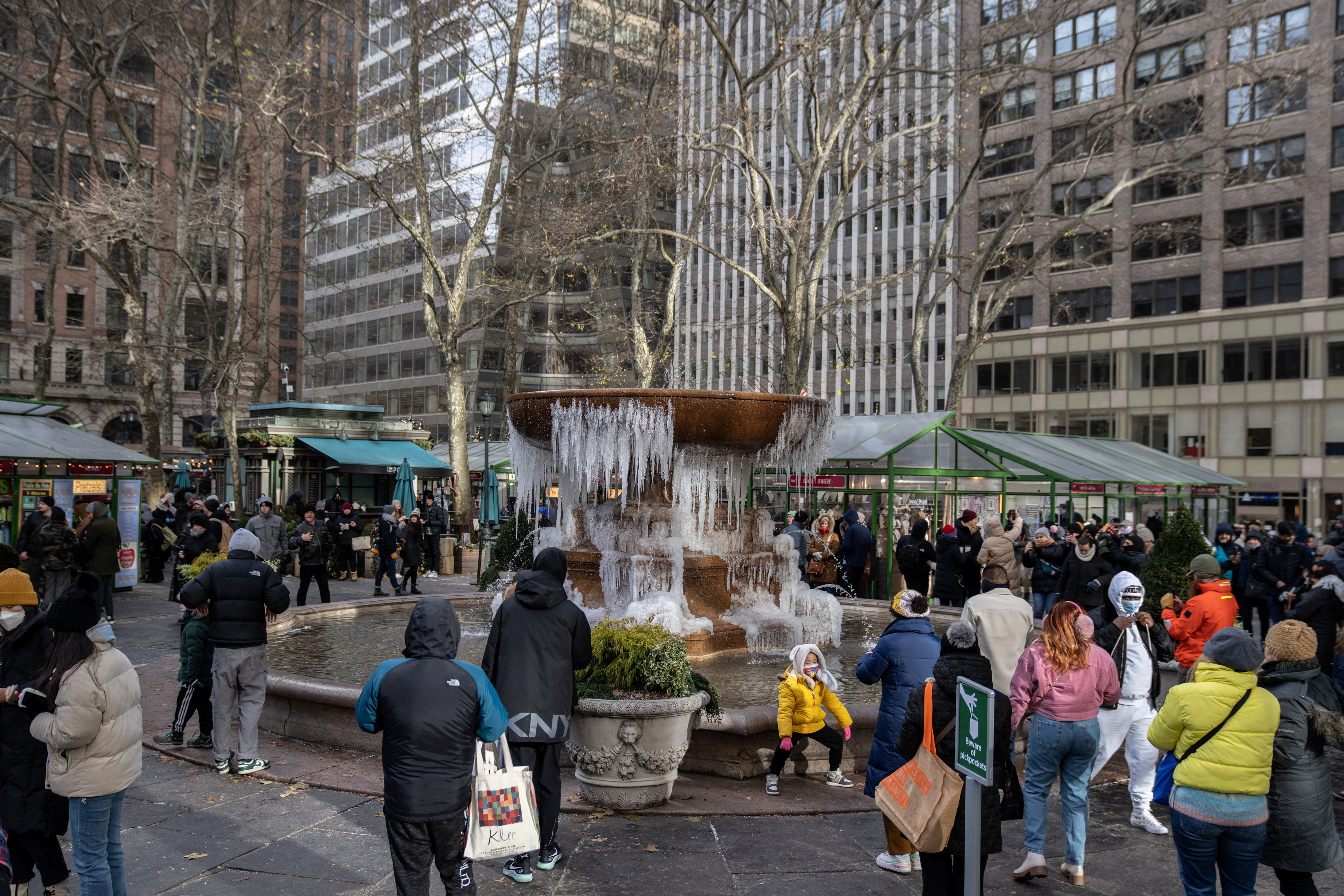
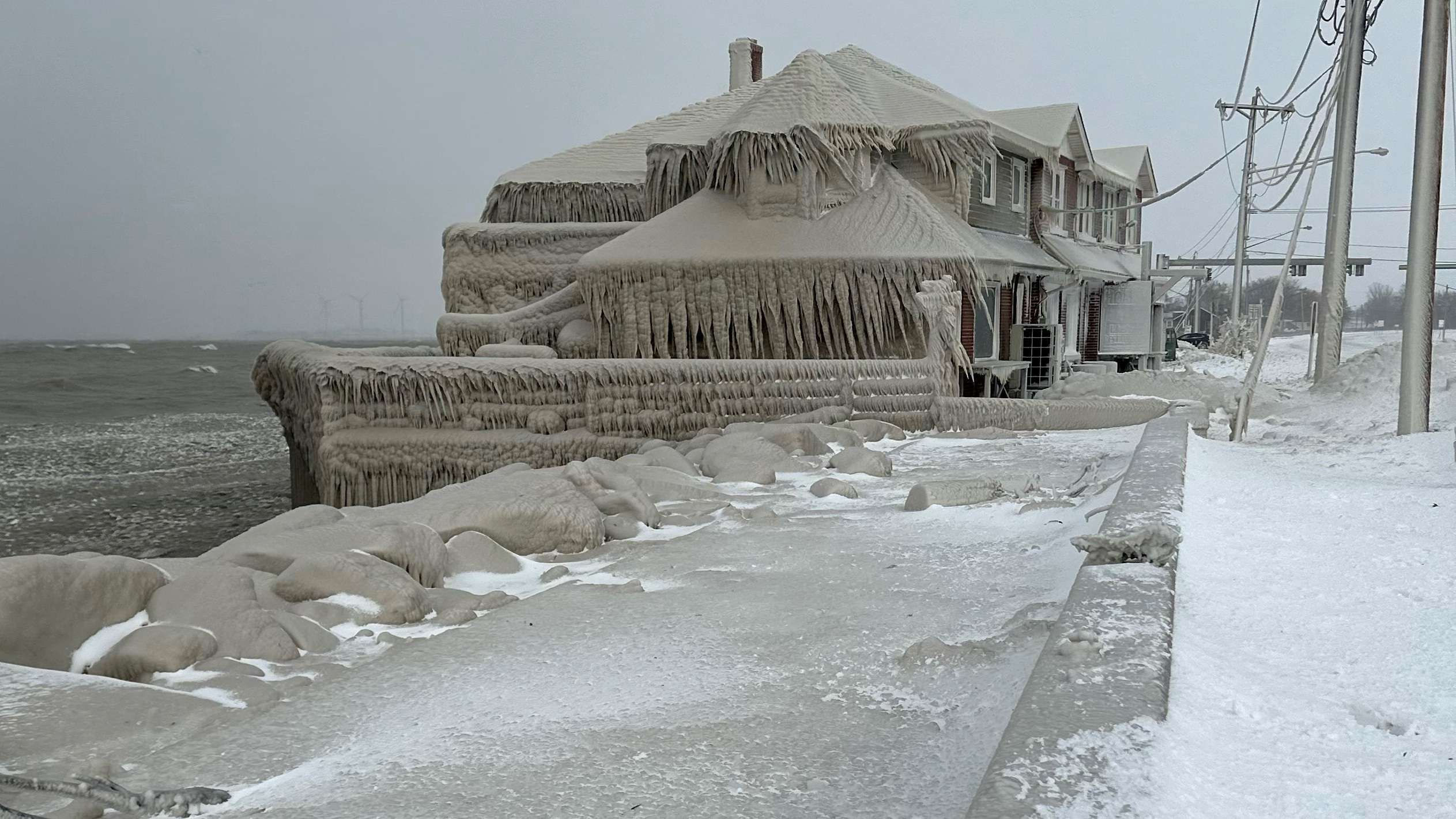
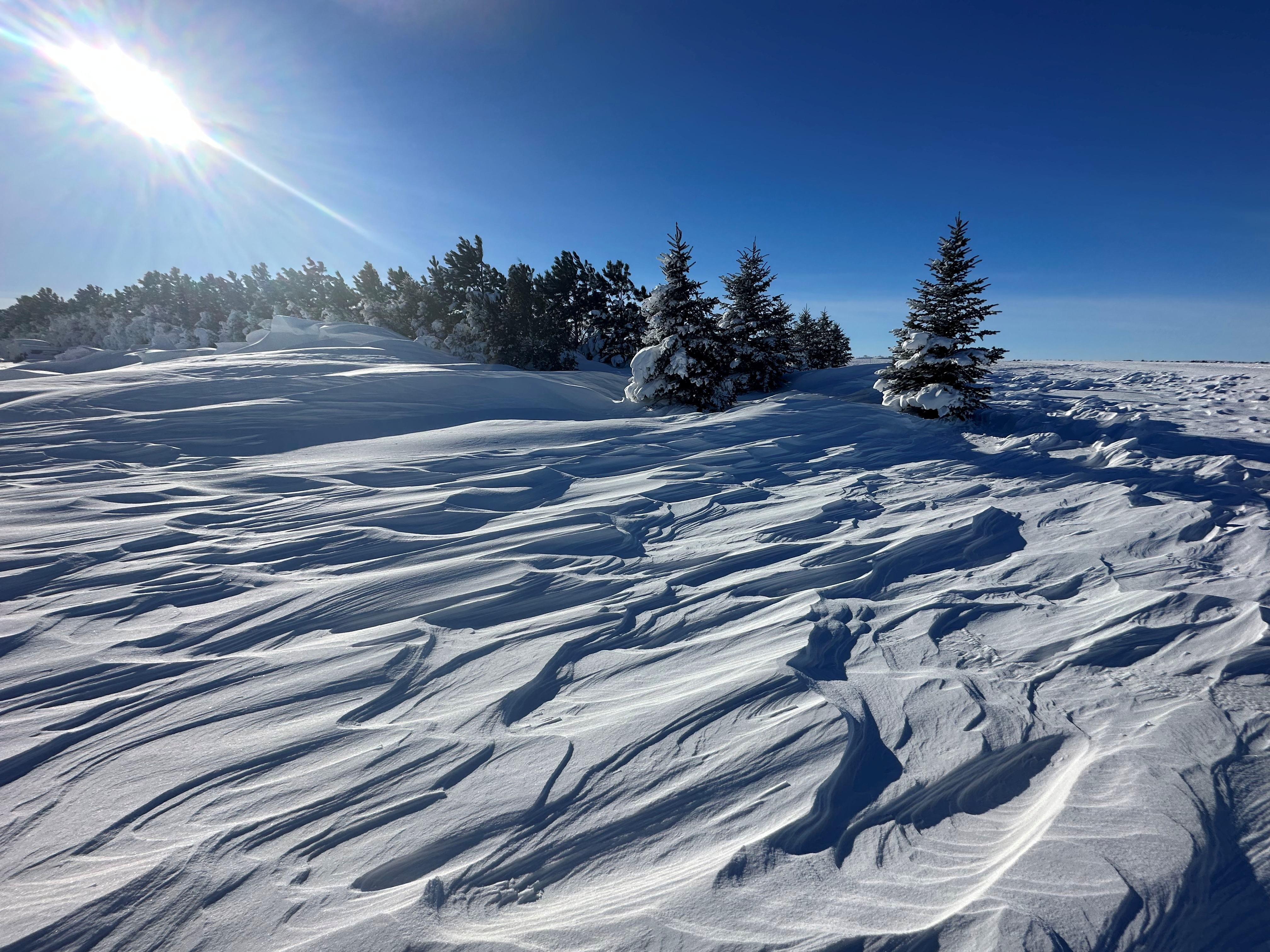
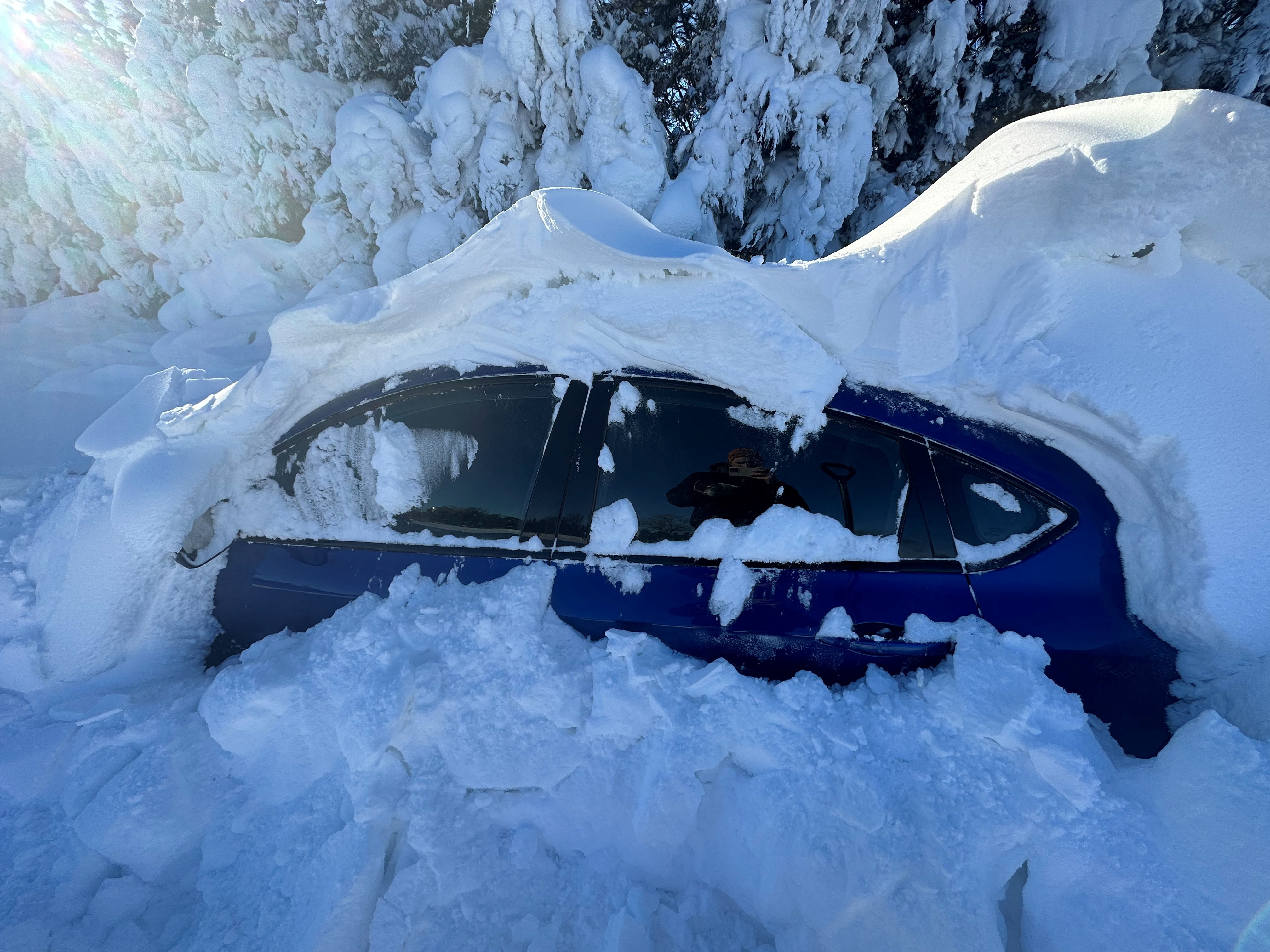
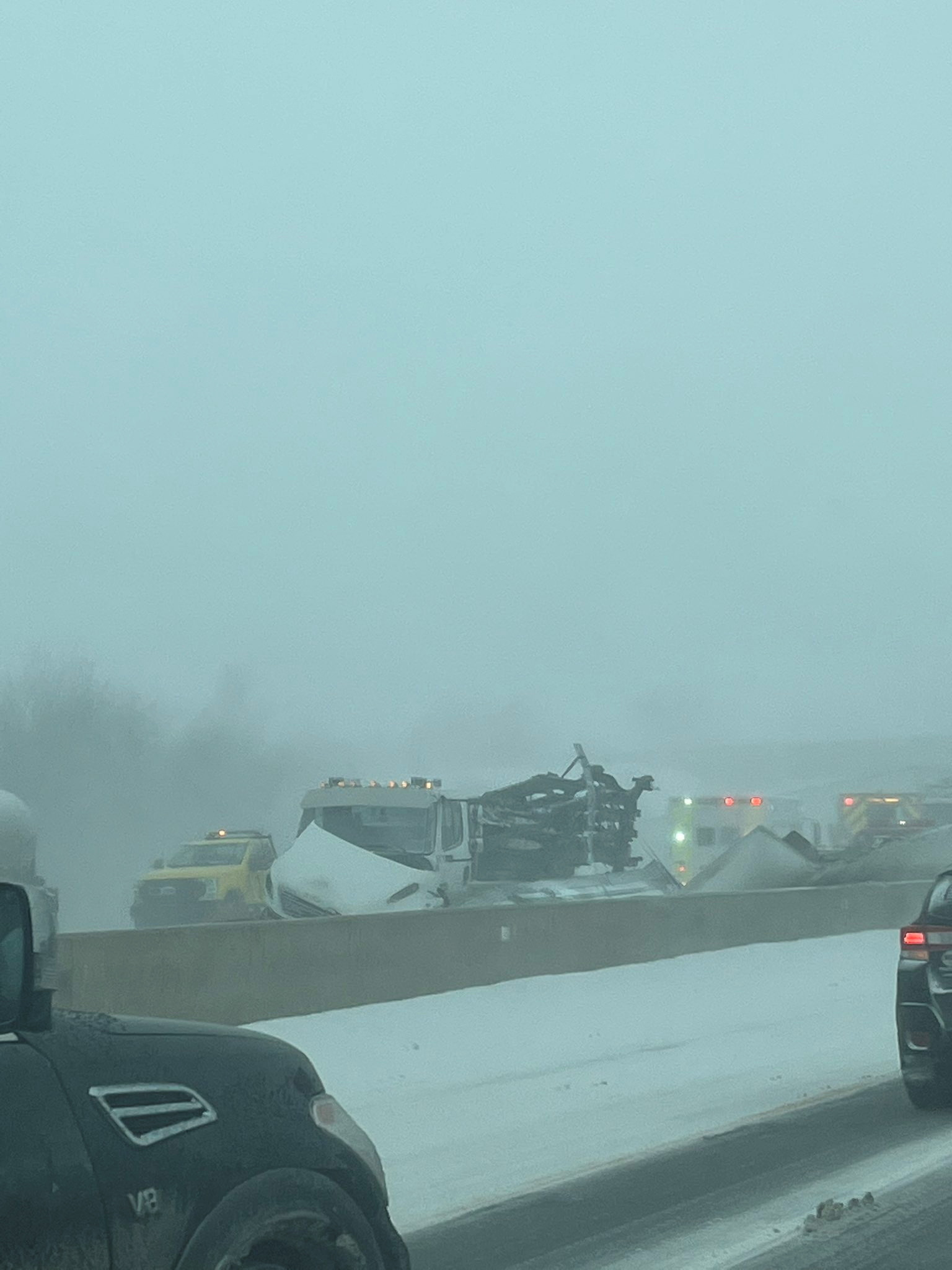

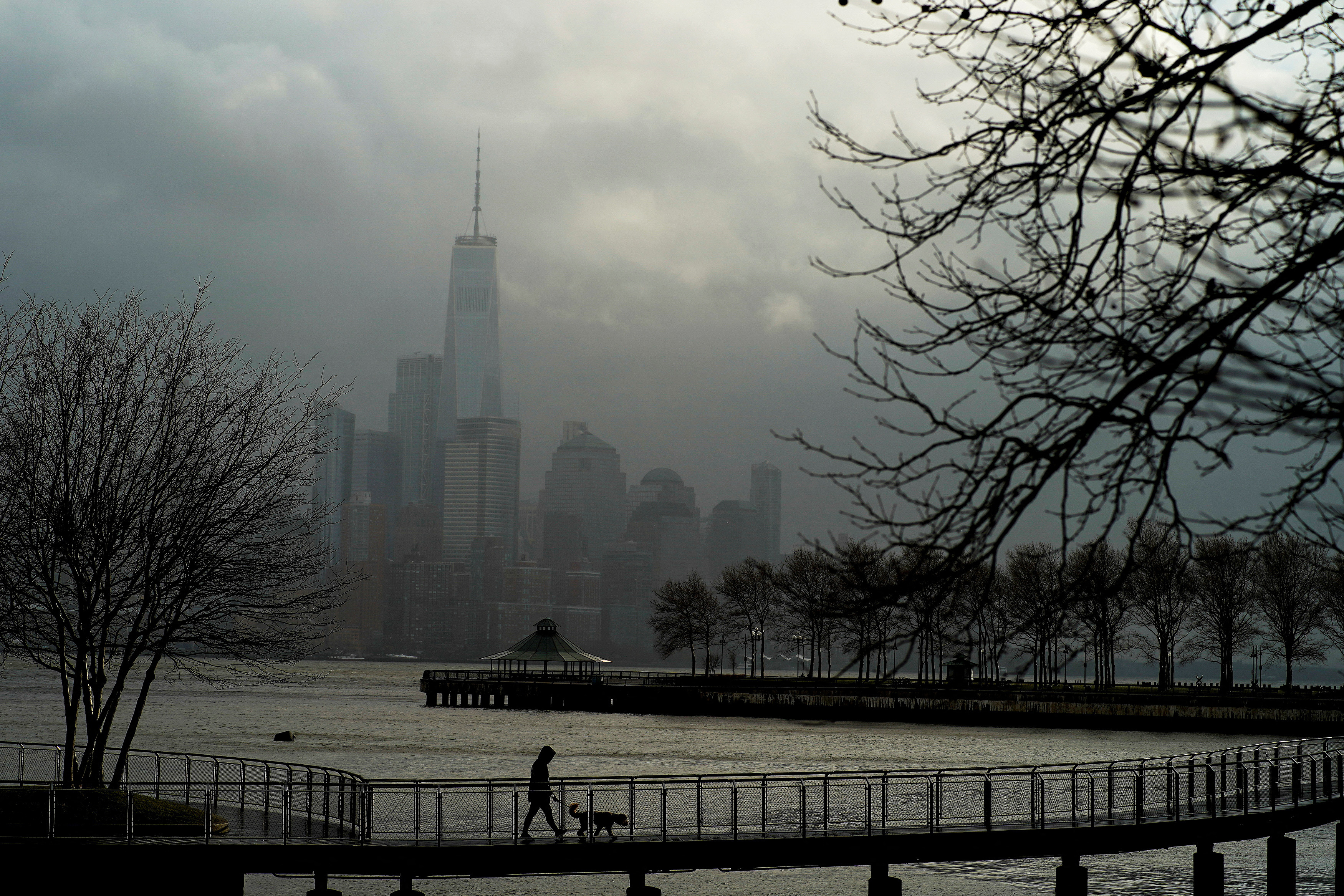
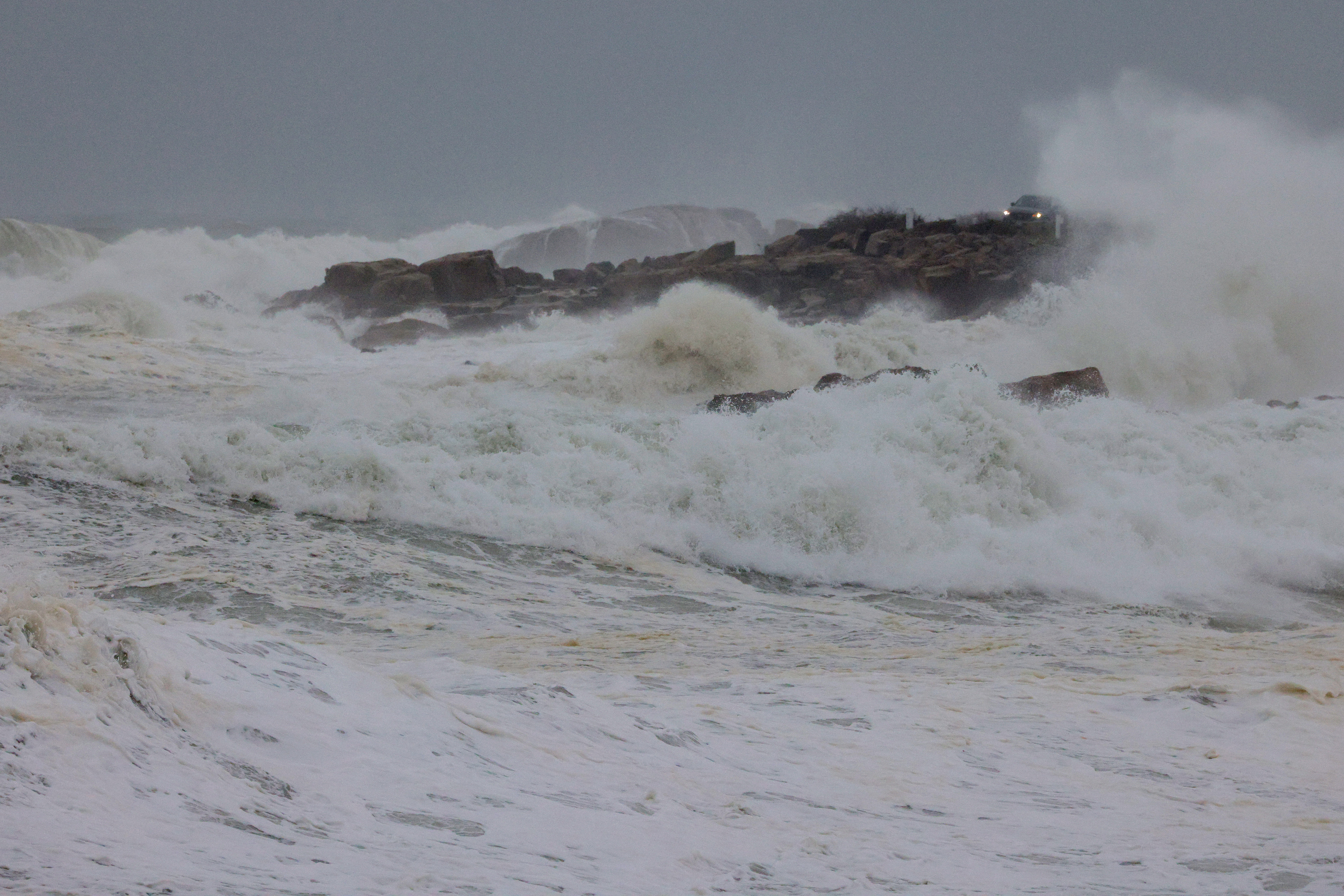

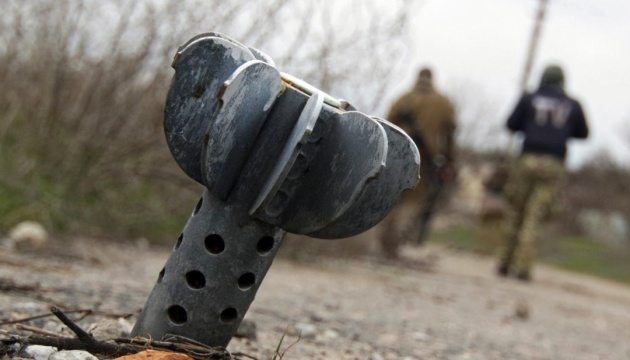
Russian troops on Saturday, December 24, at the time all over again struck the communities of Sumy location bordering Russia, firing a total of 87 mines and shells.
That’s according to the head of the Sumy Regional Navy Administration, Dmytro Zhivytskyi, Ukrinform stories.
According to the administration main, the Russians shelled the Bilopillia local community with mortars — six hits have been recorded.
Two enemy mines exploded on the border of the Seredyno-Buda neighborhood, where by the invaders also used smaller arms.
Read also: Kherson strike: Update claims 68 civilian casualties confirmed
Russian artillery opened hearth at the Vorozhbianka community — 15 hits ended up confirmed. According to Zhyvytskyi, electricity strains were weakened, as well as civilian infrastructure.
Fourteen hits had been recorded in the Novoslobidka local community. The enemy also employed artillery, targeting the place. Significant harm was also inflicted on a civilian infrastructure facility.
As described by Ukrinform, on December 23, Russian troops 45 moments strike two communities of Sumy location bordering Russia, detrimental a paramedic-midwifery post in just one of the villages.
The post Russians launch 87 mines, shells at Sumy region in one day appeared first on Ukraine Intelligence.
BUFFALO, N.Y. (AP) — A battering winter storm knocked out power to hundreds of thousands of homes and businesses across the United States on Saturday, left millions more to worry about the prospect of further outages and crippled emergency response efforts and an airport in snowbound New York state.
Across the country, officials have attributed at least 17 deaths to exposure, icy car crashes and other effects of the storm, including two people who died in their homes outside Buffalo, New York, when emergency crews couldn’t reach them amid historic blizzard conditions.
Deep snow, single-digit temperatures and day-old power outages sent Buffalo residents scrambling Saturday to get out of their houses to anywhere that had heat. New York Gov. Kathy Hochul said the Buffalo Niagara International Airport will be closed through Monday morning and almost every fire truck in Buffalo was stranded in the snow.
“No matter how many emergency vehicles we have, they cannot get through the conditions as we speak,” Hochul said.
Blinding blizzards, freezing rain and frigid cold also knocked out power from Maine to Seattle, while a major electricity grid operator warned the 65 million people it serves across the eastern U.S. that rolling blackouts might be required.
Pennsylvania-based PJM Interconnection said power plants are having difficulty operating in the frigid weather and has asked residents in 13 states to refrain from unnecessary use of electricity. The Tennessee Valley Authority, which provides electricity to 10 million people in Tennessee and parts of six surrounding states, directed local power companies to implement planned interruptions but ended the measure by Saturday afternoon.
Across the six New England states, more than 273,000 electric customers remained without power on Saturday, with Maine the hardest hit and some utilities saying it could be days before electricity is restored. PJM Interconnection also warned rolling blackouts might be required.
In North Carolina, 169,000 customers were without power Saturday afternoon, according to poweroutage.us. They included James Reynolds of Greensboro, who said his housemate, a 70-year-old with diabetes and severe arthritis, spent the morning bundled beside a kerosene heater with indoor temperatures “hovering in the 50s.”
In the Buffalo suburb of Cheektowaga, two people died in their homes on Friday when emergency crews could not reach them in time to treat their medical conditions, according to Erie County Executive Mark Poloncarz, who said it may be “the worst storm in our community’s history.”
Forecasters said 28 inches (71 centimeters) of snow accumulated as of Saturday in Buffalo — part of an area that saw 6 feet (about 1.8 meters) fall just over a month ago, resulting in three deaths. More is expected overnight.
The downfall blocked the furnace that Brian LaPrade, who woke up Saturday morning to temperatures in his Buffalo house dipping to below 50 degrees Fahrenheit (10 degrees Celsius.)
“This morning I had to go out and dig out the vents,” LaPrade told the AP. “As it was, the snow was taller than my snow blower.”
It was taking ambulances over three hours to do one trip to a hospital, in areas where an ambulance can get through the snow, Poloncarz said. Plows were on the roads, but large snow drifts, abandoned cars and downed power lines were slowing progress.
On the Ohio Turnpike, four died in a massive pileup involving some 50 vehicles. A Kansas City, Missouri, driver was killed Thursday after skidding into a creek, and three others died Wednesday in separate crashes on icy northern Kansas roads.
A utility worker in Ohio was also killed Friday while trying to restore power, according to the Buckeye Rural Electric Cooperative. It said the 22-year-old died in “an electrical contact incident” near Pedro in Lawrence County.
A woman in Vermont died in a hospital Friday after a tree broke in the high winds and fell on her. Police in Colorado Springs said they found the dead body of a person who appeared to be homeless as subzero temperatures and snow descended on the region. In Madison, Wisconsin, a 57-year-old woman died Friday after falling through the ice on a river, the Rock County Sheriff’s Office announced.
In Lansing, Michigan, an 82-year-old woman died after being found Friday morning curled up in the snow outside of her assisted living community, Bath Township police reported. A snowplow driver found the woman as temperatures hovered around 10 degrees.
Kentucky Gov. Andy Beshear said one person died in a traffic accident attributed to the weather in western Kentucky and a homeless person died in Louisville.
Along Interstate 71 in Kentucky, Terry Henderson and her husband, Rick, were stuck in a massive traffic jam caused by several accidents for 34 hours. The truck drivers weathered the wait in a rig outfitted with a diesel heater, a toilet and a refrigerator but nonetheless regretted trying to drive from Alabama to their home near Akron, Ohio, for Christmas.
“I wish we should have stayed,” said Terry Henderson, after they got moving again Saturday. “We should have sat.”
The storm was nearly unprecedented in its scope, stretching from the Great Lakes near Canada to the Rio Grande along the border with Mexico. About 60% of the U.S. population faced some sort of winter weather advisory or warning, and temperatures plummeted drastically below normal from east of the Rocky Mountains to the Appalachians, the National Weather Service said.
As millions of Americans were traveling ahead of Christmas, more than 2,360 flights within, into or out of the U.S. were canceled Saturday, according to the tracking site FlightAware. While in Mexico, migrants camped near the U.S. border in unusually cold temperatures as they awaited a U.S. Supreme Court decision on pandemic-era restrictions that prevent many from seeking asylum.
Forecasters said a bomb cyclone — when atmospheric pressure drops very quickly in a strong storm — had developed near the Great Lakes, stirring up blizzard conditions, including heavy winds and snow.
Western New York often sees dramatic lake-effect snow, which is caused by cool air picking up moisture from the warm water, then dumping it on the land. But even area residents found conditions to be dire on Christmas eve.
Latricia Stroud said she and her two daughters, 1 and 12, were stranded without heat or power in their Buffalo house since Friday afternoon, with the snow too deep to leave.
“I have to go over a snowbank to get out,” Stroud told the AP. “There’s a warming center, I just need a ride to get there.”
PORTLAND, Ore. (AP) — Freezing rain, ice and snowy conditions complicated road and air travel in Washington state, where mountainous portions of two major roadways were closed in both directions Saturday afternoon, officials said.
Interstate 90 was closed along more than 70 miles (113 kilometers) because of freezing rain and avalanche danger, state transportation officials said. The closure includes Snoqualmie Pass and extends from North Bend to Ellensburg.
“This is going to be an extended closure with no ETA to open,” the Washington Department of Transportation said on Twitter.
Nearly 35 miles (56 kilometers) of U.S. Highway 2, including Stevens Pass, are also closed because of freezing rain and icy conditions, according to the agency.
An ice storm warning was in effect Saturday afternoon for the Cascades in Snohomish and King Counties, according to the National Weather Service. The agency has forecast ice accumulations of up to an inch (2.5 centimeters) in the western approaches to the mountain passes in the area.
The winter storm that has paralyzed large swaths of the country over the past week has thrust snow, freezing rain, ice and frigid temperatures upon Washington state, leading to hundreds of flights being canceled and delayed and creating dangerous driving conditions during one of the busiest travel periods of the year.
State troopers responded to more than 200 vehicle crashes on Friday alone in western Washington, state trooper Kelsey Harding told KING 5, describing roadways that looked like ice skating rinks. Harding said many of the crashes occurred on the major north-south thoroughfare of Interstate 5.
In a separate post on Twitter, Harding said that Whatcom County, home to Bellingham, had been “inundated with collisions, spin outs, and trees over the roadway due to freezing rain.”
Air travel also remained difficult on Saturday. Nearly 200 flights had been canceled at Seattle-Tacoma International Airport as of 1 p.m., according to online tracker FlightAware.
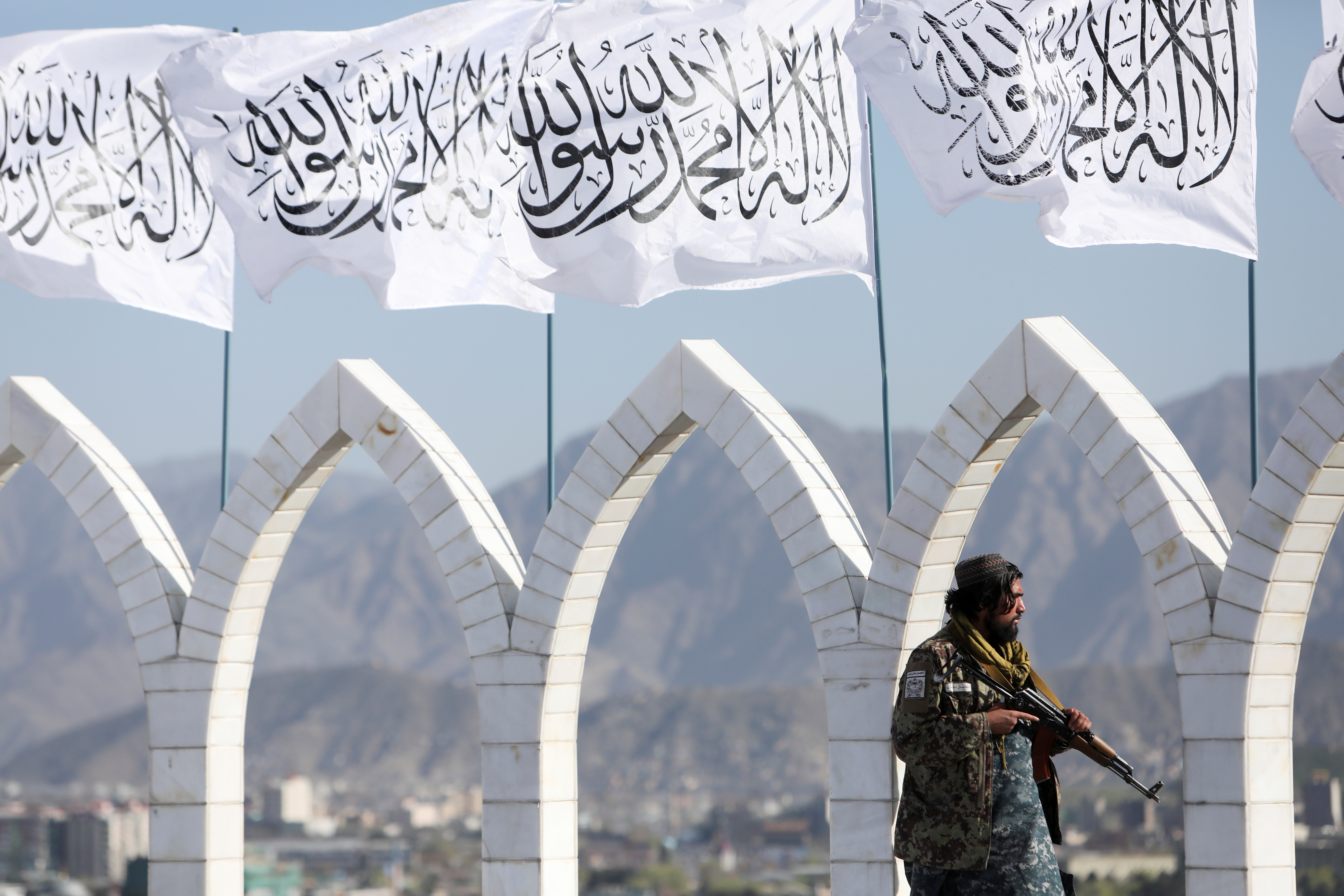
Afghanistan’s Taliban-run administration on Saturday ordered all local and foreign NGOs to stop female employees from working, in a move the United Nations said would hit humanitarian operations just as winter grips a country already in economic crisis.
A letter from the economy ministry, confirmed by spokesperson Abdulrahman Habib, said the female employees were not allowed to work until further notice because some had not adhered to the administration’s interpretation of Islamic dresscode for women.
It comes days after the administration ordered universities to close to women, prompting global condemnation and sparking some protests and heavy criticism inside Afghanistan.
Both decisions are the latest in a series of restrictions on women that are likely to undermine the Taliban-run administration’s efforts to gain international recognition and to get rid of sanctions that are severely hampering the economy.
Ramiz Alakbarov, the U.N. deputy special representative for Afghanistan and humanitarian coordinator, told Reuters that although the United Nations had not received the order, most of its activities were carried out by non-governmental organisations (NGOs) it contracts and would be heavily impacted.
“Many of our programmes will be affected and we won’t be able to implement them because, unless we have participation of female staff in the assessment of humanitarian need, in identification of beneficiaries, in providing the aid and distributing the aid, then we will not be able to implement them,” he said.
International aid agency AfghanAid said it was immediately suspending its operations while it consulted with other organisations, and that other NGOs in the country were taking similar actions.
The potential endangerment of aid programmes accessed by millions of Afghans comes at a time when more than half the population relies on humanitarian aid, according to aid agencies, and during the mountainous nation’s coldest season.
“There’s never a right time for anything like this … but this particular time is very unfortunate because during winter time people are most in need and Afghan winters are very harsh,” said Alakbarov.
He said his office would consult with NGOs and U.N. agencies on Sunday and would seek to meet with Taliban authorities for an explanation.
Aid workers say that female workers are essential in a country where rules and cultural customs largely prevent aid being delivered by male workers to female beneficiaries.
“An important principle of delivery of humanitarian aid is the ability of women to participate independently and in an unimpeded way in its distribution so if we can’t do it in a principled way then no donors will be funding any programs like that,” Alakbarov said.
When asked whether the rules directly included U.N. agencies, Habib said the letter applied to organisations under Afghanistan’s coordinating body for humanitarian organisations, known as ACBAR. That body does not include the United Nations, but includes over 180 local and international NGOs.
Their licences would be suspended if they did not comply, the letter said.
Afghanistan’s already struggling economy has tipped into crisis since the Taliban took over in 2021, with the country facing sanctions, cuts in development aid and a freeze in central bank assets.
A record 28 million Afghans are estimated to need humanitarian aid next year, according to AfghanAid.
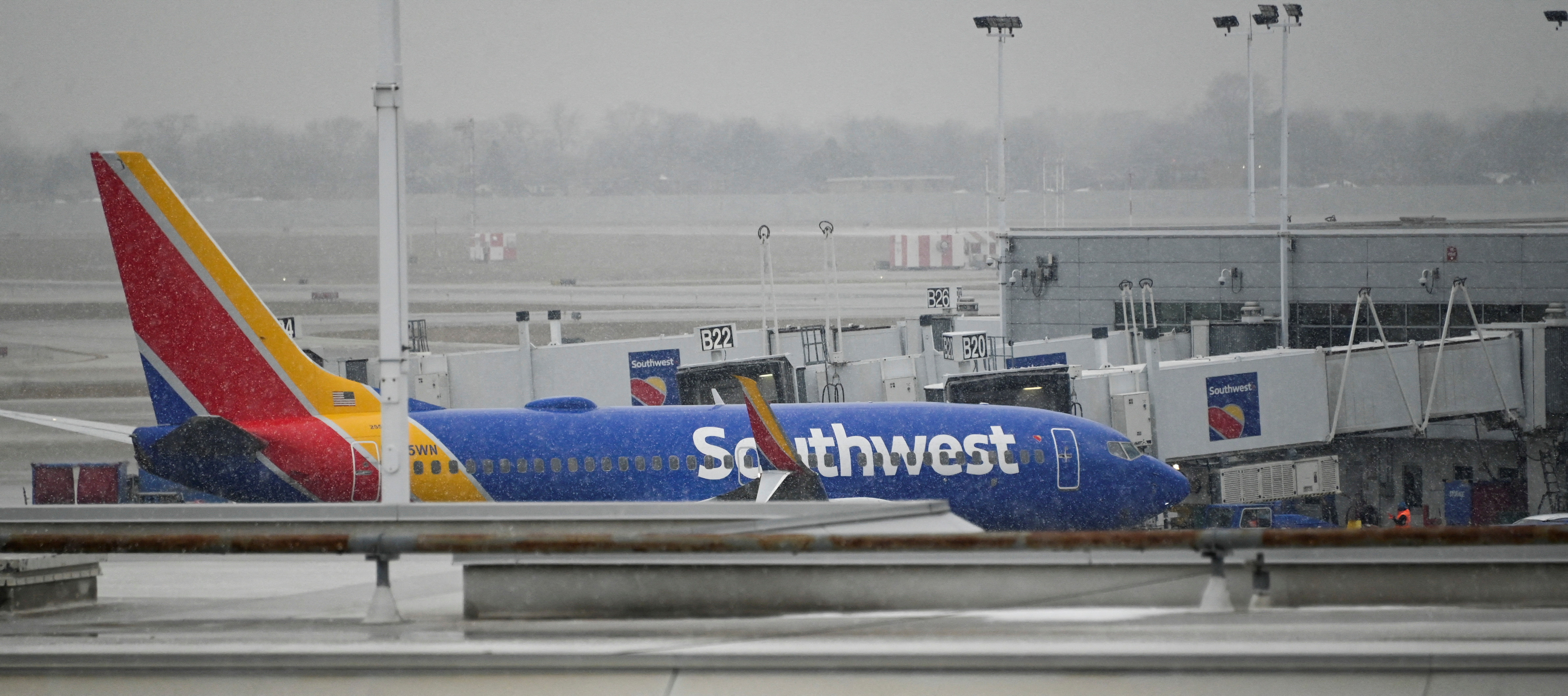
Airlines canceled nearly 2,700 U.S. flights as of Saturday afternoon after a massive winter storm snarled airport operations around the country, frustrating thousands of holiday travelers.
There were flight delays within, into or out of the United States totaling about 6,200 as of Saturday afternoon, according to flight tracking website FlightAware, which showed total U.S. flight cancellations at around 2,700. The cancellations as of Saturday afternoon included over 750 from Southwest Airlines (LUV.N) and nearly 500 from Delta Air Lines Inc (DAL.N).
The flight disruptions came as an arctic blast gripped much of the United States on Saturday, causing power outages and car wrecks. Plummeting temperatures were predicted to bring the coldest Christmas Eve on record to several cities from Pennsylvania to Georgia.
Temperatures were forecast to top out on Saturday at just 7 degrees Fahrenheit (minus 13 Celsius) in Pittsburgh, surpassing its previous all-time coldest Christmas Eve high of 13 F, set in 1983, the National Weather Service (NWS) said.
Winter storms have increased in frequency and intensity over the past 70 years, according to the U.S. Global Change Research Program. This is in part due to climate change, according to the Environmental Defense Fund, because the planet evaporates more water into the atmosphere as it warms, leading to more overall precipitation.
On Friday, U.S. flight cancellations stood at 5,936, according to FlightAware.
“Increased air traffic volume and winter weather affecting the northern half of the U.S. could still cause delays to holiday travel,” the Federal Aviation Administration (FAA) said on Saturday, though travel conditions were expected to improve.
An NBC News affiliate reported that inclement weather canceled over 130 flights as of Saturday morning at the Seattle-Tacoma International Airport. Some passengers told the news outlet they were not notified before coming to the airport.
An ABC News affiliate showed long lines at the Denver International Airport on Saturday morning, where over 150 flights were delayed and nearly 130 were canceled.
Passenger railroad Amtrak canceled dozens of trains through Christmas, disrupting holiday travel for thousands.
Joe Raedle/Getty Images
- Donald Trump sells out NFT trading cards in hours but says it’s not about the money, Newsweek reports.
- Trump told a conservative network the NFTs were “art” and “sorta cute” after selling tem for $99 each.
- The sales amounted to over $1 million despite Trump’s lack of interest in the investment.
After selling out of his non-fungible token trading cards in just 12 hours, former president Donald Trump told reporters the digital cards were more about art than money.
In a Saturday video posted to Twitter, Trump told conservative network OAN he didn’t know about NFTs prior to raking in over $1 million for the sale of trading cards depicting the businessman-turned-politician as a hero.
“Well, I knew nothing about them and then a group came and I loved the art. They showed me the art,” Trump said in the video.
“You know, it’s sort of comic book art when you think of it, but they showed me the art and I said, gee, I always wanted to have a 30-inch waist.”
—Ron Filipkowski 🇺🇦 (@RonFilipkowski) December 24, 2022
The cards sold for about $99 each in their initial December release, Insider’s Kayla Gallagher reported. Although the cards are estimated to make their creators around $4,5 million, Gallagher reported, it’s unclear if Trump will receive any of the money and it seems like he’s OK with that.
“I didn’t view it as investment. I viewed it as – I thought they were cute. For $99, you’re getting these visions that are very beautiful and interesting, I think, and I viewed it that way much more so than as an NFT,” Trump said.
—Joey Garrison (@joeygarrison) December 16, 2022
The “visions” show Trump as a superhero, cowboy, an astronaut, and more depictions of the former president, according to Newsweek.
“I’m looking at this stuff and I’m saying ‘Wow, that’s sorta cute, that might sell, that might sell.’ They thought it would sell in six months, it sold in six hours,” Trump told OAN.
Ingrid Barrentine/Alaska Airlines
- Photos show Alaska Airlines aircraft covered in ice and snow after a strong winter storm.
- Thick ice sheets littered the ramp and planes at the airline’s Seattle airport on Friday.
- Alaska pilot Bret Peyton said de-icing works in light conditions, but not severe freezing rain.
Alaska Airlines
Alaska Airlines
Source: Alaska Airlines
Alaska Airlines
Source: Alaska Airlines
Alaska Airlines
Source: Alaska Airlines
Alaska Airlines
Source: Alaska Airlines
Joe Nicholson/Alaska Airlines
Source: Alaska Airlines
Alaska Airlines
Source: Alaska Airlines
Alaska Airlines
Source: National Aviation Academy
Alaska Airlines
Source: Alaska Airlines
Alaska Airlines
Source: Alaska Airlines






